Chickpeas are among the Healthiest Legumes obtained in Nature. They are also referred to as Garbanzo bean is just a high protein legume, which is consumed as a staple food in the Middle East as well as South Asian countries.
Introduction
Chickpeas are versatile and nutritious legumes known to be among the healthiest legumes obtained in nature.
That’s why it is essential within our diet and used in a variety of ways. Whether roasted as a snack, blended into hummus, or used as a substitute for meat, chickpeas are a great addition to any diet.
They are a rich source of protein, fiber, and various vitamins and minerals, and may have additional health benefits such as reducing inflammation and promoting weight management.
Botanical name (Cicer arietinum), Arabic (الحمص Alhimes), Bangla (ছোলা Chola), Hindi (काबुली चना Kaabulee Chana), Malay (kacang kuda), Urdu (چنا Chana)
Plant
Plant height up to 60 cm and includes feathery leaves. It is developed in tropical or even subtropical environments but could be cultivated in temperate surrounding too. Seed pods alternatively on stem contain two seeds. Seeds are green-colored when premature but turn later yellow, brown, or black and these are the ones utilized as whole or grounded flour in recipes.
Native area
Southeast Turkey and Syria currently leading producers are India, Australia, Turkey, Russia, USA, Ethiopia, Myanmar, Mexico, and Pakistan.
Taste
Fresh Fruit juicy like sweet beany, Leaves astringent, and dried chickpeas classic beany.
Temperament Group (Potency)
Fresh fruit, Leaves, and Dried fruit all Warm 1°, Wet 1°
Parts used: Fruit, Fresh leaves
Compounds used
Chickpeas are a regular component of Asian Cuisines also widely used in Italian dishes including Pasta, Beans, Salads, and Curry. It is also used in Pickles. Plant green leaves are used in vegetables.
Whereas grounded flour called gram powder or basin is used in several Euro-Asian dishes.
Nutritional composition of Chickpea
Chickpea is used as a staple food and is considered the healthiest legume obtained in nature. One serving of 200 g of dried raw grams contains 15.36 g of water and provides 765 Kcal of energy. Other notable components isolated in studies are:
| Carbohydrate | 125.9 g | Vitamins | |
| Protein | 40.94 g | Choline | 198.6 mg |
| Total dietary Fiber | 24.4 g | Vitamin B5 | 3.176 mg |
| Total Sugars | 21.4 g | Vitamin B3 | 3.082 mg |
| Total Fat (lipid) | 12.08 g | Vitamin E | 1.64 mg |
| Ash | 5.7 g | Vitamin B9 | 1.114 mg |
| Amino acids | Vitamin B6 | 1.07 mg | |
| Glutamic acid | 7.206 g | Vitamin B1 | 0.954 mg |
| Aspartic acid | 4.844 g | Vitamin B2 | 0.424 mg |
| Arginine | 3.878 g | Beta Carotene | 0.08 mg |
| Leucine | 2.93 g | Vitamin K | 0.018 mg |
| Lysine | 2.754 g | Vitamin A | 0.006 mg |
| Phenylalanine | 2.206 g | Minerals | |
| Serine | 2.072 g | Potassium | 1436 mg |
| Alanine | 1.764 g | Phosphorus | 504 mg |
| Isoleucine | 1.764 g | Magnesium | 158 mg |
| Valine | 1.73 g | Calcium | 114 mg |
| Glycine | 1.714 g | Manganese | 42.612 mg |
| Proline | 1.698 g | Sodium | 48 mg |
| Threonine | 1.532 g | Iron | 8.62 mg |
| Histidine | 1.132 g | Zinc | 5.52 mg |
| Tyrosine | 1.024 g | Copper | 1.312 mg |
| Cystine | 0.558 g | Isoflavones | |
| Methionine | 0.54 g | Biochanin A | 3.08 mg |
| Tryptophan | 0.4 g | Daidzein | 0.42 mg |
| Fatty acids (Total) | Glycitein | 0.36 mg | |
| Saturated | 1.206 g | Formononetin | 0.24 mg |
| Monounsaturated | 2.754 g | Genistein | 0.13 mg |
| Polyunsaturated | 5.462 g | Coumestrol | 0.02 mg |
Efficacy of Chickpea
They are believed to have multiple health benefits. It is abundant with both soluble as well as insoluble dietary fiber and prevents several digestive complaints.
Consuming chickpeas has been established as a judicious measure to enhance dyslipidemia, a condition characterized by an abnormal increase in lipids or cholesterol levels in the bloodstream, and mitigate the risk of developing diabetes mellitus.
They avoid constipation and enhance gut health. It has been utilized as a medication within Asian, Indian, as well as Arabic herbal traditions for thousands of years.
In recent times, researchers have provided evidence of its efficacy of it through several studies. Further, it is observed as an effective Aphrodisiac, Apocrustic, Depurative, Astringent, and Immunity booster.
Here are 13 top medicinal uses and some well-known advantages of consuming chickpeas:
Maintain the Digestive system
Eating a diet rich in chickpeas can improve overall gut health by promoting material movement through the digestive system and preventing constipation.
Scientific studies have demonstrated that chickpea not only helps to boost stool bulk and stop bowel problems but also additionally aids in preventing digestive complaints just as irritable bowel syndrome as well as diverticulosis.
Helps in maintaining weight
Chickpeas are an excellent source of both protein and fiber. This combination is great for promoting a feeling of fullness and reducing cravings for unhealthy snacks.
Studies have shown that consuming fiber can also lead to a decrease in body weight. To achieve healthy and sustainable weight loss, it is recommended to consume foods like garbanzo beans.
This feeling of satisfaction from consuming chickpeas can prevent snacking on empty-calorie processed fast foods between meals, which can hinder weight loss progress.
They are even more effective in promoting fullness when paired with other healthy whole foods such as vegetables or organic goat cheese.
They are low in calories and rich in essential fiber and protein, making them an ideal food for people looking to lose weight while watching their calorie intake.
Chickpeas are loaded with both protein and essential fiber, hence resulting in healthy and sustainable weight reduction and obesity control without energy deficiency.
Improve Hair Health
Chickpeas are an excellent source of wholesome goodness that can combat common hair problems and safeguard the hair from damage. The consumption of chickpeas can also promote hair growth, resulting in beautiful hair.
People also externally apply chickpea flour and massage it onto their scalp to eliminate hair dandruff.
Excellent Immunity Booster
Chickpea is a great source of manganese, thiamine, magnesium, and phosphorus. Manganese is an essential co-factor in energy production and boosts overall immunity.
They also provide digestive health benefits, as they aid the movement of material through the digestive system and prevent constipation.
Beneficial for Diabetes
According to a survey published in the “American Journal of Clinical Nutrition”, consuming legumes reduces the risk of becoming type 2 diabetic.
The research found that individuals who ate chickpeas were 40% less likely to develop type 2 diabetes compared to those who didn’t consume them.
The reason is that the carbohydrates in legumes are broken down slowly, which reduces blood sugar peaks and valleys that can lead to insulin resistance and diabetes.
Evidence recommends the intake of chickpeas is a great treatment for improving dyslipidemia and avoiding diabetes.
Strengthen bones
Including chickpeas in your daily diet can help you achieve robust bones. Chickpeas are an excellent source of Vitamin K, which promotes bone and body health by eliminating free radicals.
Eating chickpeas can also protect you from various heart diseases and provide you with numerous health benefits.
By incorporating chickpeas into your diet, you can reduce the risk of heart disease and strokes. Therefore, if you want to maintain good health and strengthen your bones, choose chickpeas.
Reduces risk of heart Diseases
It has been observed that frequently consuming chickpeas cleanses bad cholesterol, and lowers levels of cholesterol and triglycerides, making these beans a friend to the heart.
The unique combination of antioxidants in chickpeas supports the walls of blood vessels and the blood itself.
The presence of Alpha-linolenic acid (ALA) and omega-3 fatty acids in chickpeas helps prevent coronary heart disease and other cardiovascular risks.
Further incorporating 3/4th cup of chickpeas into your daily diet can significantly lower LDL (bad) cholesterol levels.
They contain dyslipidemia, which inhibits the ability of cholesterol to circulate in the blood, thereby reducing the risk of cardiovascular disease and strokes.
Effective Anti-aging agent
Women in their thirties commonly experience problems such as aging, which manifest as fine lines, wrinkles, dark spots, and dullness.
To combat these signs of aging and maintain youthful and radiant skin throughout the year, a great way is to incorporate chickpeas into your skincare routine.
It has been observed that chickpeas reduce the aging process, and external application tightens your skin and provides a natural and healthy glow.
The manganese in chickpeas helps skin cells produce energy and fight wrinkle-causing free radicals. Molybdenum aids in skin detoxification by removing sulfites.
Other nutrients like folate and Vitamin B act as fuel for skin cells, repairing damage caused by the sun and toxic compounds.
Traditionally chickpea powder is well used as a cosmetic (Ubtan) for skin nourishment and beauty treatment and observed that this reduces the aging process, tightens up the skin, provides with skin a natural and healthy glow also effectively treats scabies.
Women from Asian regions are practicing chickpea powder along with yogurt as a facial scrub. There exists a tradition of its regular application to Indian brides before a couple of weeks of marriage for skin nourishment.
Paste made by combining chickpea flour with some rose water is applied to eliminate sin oiliness. Also, dark skin is treated with massaging chickpeas powder paste made in yogurt.
Anti-anemic diet
Chickpeas are a great dietary source of iron and avoid anemia. This is the reason women (pregnant, lactating as well as menstruating), growing children, and individuals at high risk of anemia are suggested to consume this particular legume regularly.
Assist in fighting cancer
Chickpea is considered ideal for lowering the potential risk of several types of cancer including breast cancer because it is a good source of phytoestrogens and saponins. It safeguards osteoporosis by maintaining blood levels of the estrogen hormone.
The soluble fiber reaches the colon and breaks down bacteria into fatty acids, which the colon cells absorb and convert into energy. This process keeps the colon cells healthy and reduces the risk of cancer.
Wonder for Women’s Health
Pregnant women require fresh, green, and tasty chickpeas throughout those special months to safeguard the baby from any kind of damage or disease and enhance the health of the child.
Consuming lots of vegetables, including chickpeas, has been recommended by several doctors and herbalists.
You’ll never have to worry about any kind of defects because those dangerous conditions shall never touch your baby. The chickpeas will ensure that your baby is born healthy and beautiful.
They also aid in reducing mood changes throughout menstruation as well as post-menopausal symptoms in females.
Experts have observed terrific results by utilizing chickpeas during pregnancy periods, it not only eliminated several risks but also resulted well in baby health.
Chickpeas provide a good source of nutrients, particularly phytoestrogens (plant hormones) and saponins (antioxidants).
Consuming Chickpea reduces the risk of breast cancer and helps protect against osteoporosis by maintaining appropriate levels of the estrogen hormone in the blood.
To increase the mother’s milk, soak 60 grams of chickpeas in milk in the evening, strain them out the next morning, consume the chickpeas, then heat the milk and drink it.
For leucorrhea, grind roasted chickpeas, add some brown sugar and desi ghee, mix well, and consume regularly for some time.
Anti-inflammation
Chickpeas contain choline, which is an extremely essential and versatile nutrient that assists in sleep, muscle movement, learning, and memory.
Choline also helps maintain the structure of cellular membranes, aids in the transmission of nerve impulses, supports fat absorption, and reduces long-term inflammation.
A Nutritious Diet
Chickpeas are full of Vitamin A and maintain the health of mucus membranes, eyesight, and skin. The existence of potassium and magnesium in chickpeas makes them an effective electrolyte balancer.
Choline is an essential nutrient in chickpeas that help with sleep, muscle movement, learning, and memory.
Usage in Folk Herbalism
In folk medicine, chickpea acid exudates are considered to have a significant role in the solubilization of mineral nutrients and have been used to treat bronchitis, catarrh, cholera, diarrhea, dyspepsia, snakebite, sunstroke, and warts. They have also been used as an aphrodisiac.
Precautions
Chickpeas may cause considerable intestinal gas which may be prevented by using cumin, red chili, salt, and ginger-like spices having carminative properties in chickpeas dishes.
Excessive consumption may also cause kidney and bladder stones.
Human studies and research continues to explore more unacquainted, rest the creator knows well about his creation
FAQs
What kind of nutrients can be found in chickpeas?
They are a good source of protein, fiber, vitamins, and minerals such as folate, iron, phosphorus, and magnesium. They also contain antioxidants, phytoestrogens, and saponins.
How can chickpeas help with cancer prevention?
The phytoestrogens and saponins in chickpeas have been shown to reduce the risk of breast cancer. They also contain anti-inflammatory properties that can help prevent cancer.
Can chickpeas improve skin health?
They are rich in manganese, which helps produce energy and fight free radicals that can cause wrinkles. They also contain folate and Vitamin B, which aid in skin cell repair.
Can consuming chickpeas help with weight loss?
They are a good source of protein and fiber, which can help you feel full and satisfied for longer periods. This can help reduce overall calorie intake and aid in weight loss.
How can chickpeas be incorporated into a healthy diet?
You can add chickpeas to salads, soups, stews, and curries. You can also use them as a substitute for meat in vegetarian dishes or mash them into hummus as a dip for veggies
References:
Handbook of Chickpeas: Nutritional Value, Health Benefits, and Management (by Albert T. Lund, Noah D. Schultz )
https://www.plantnames.unimelb.edu.au/Sorting/Cicer.html
https://npgsweb.ars-grin.gov/gringlobal/taxon/taxonomydetail?id=10535
https://powo.science.kew.org/taxon/urn:lsid:ipni.org:names:486336-1

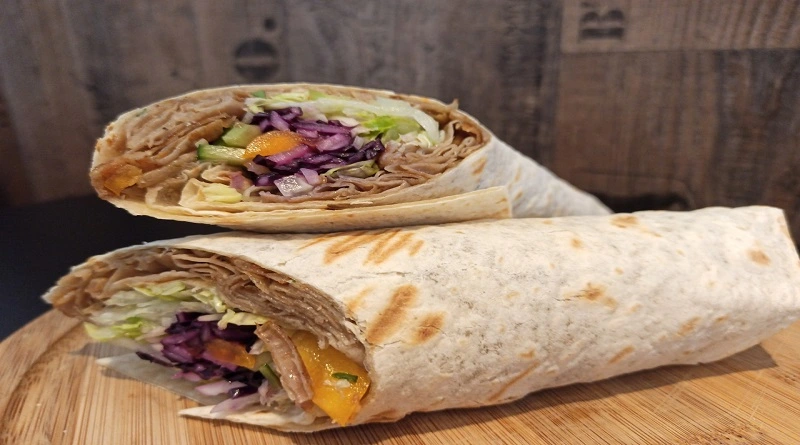
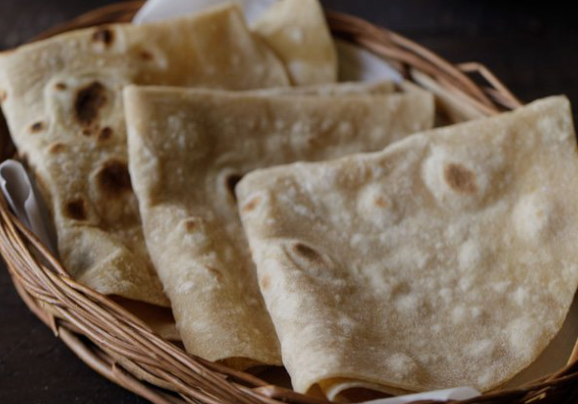
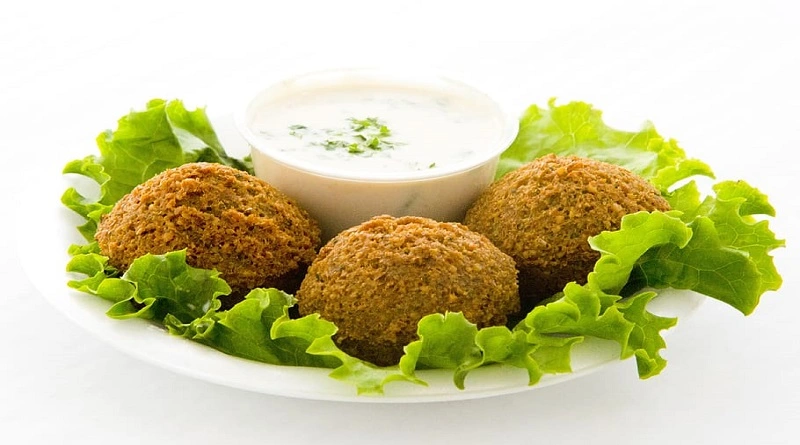
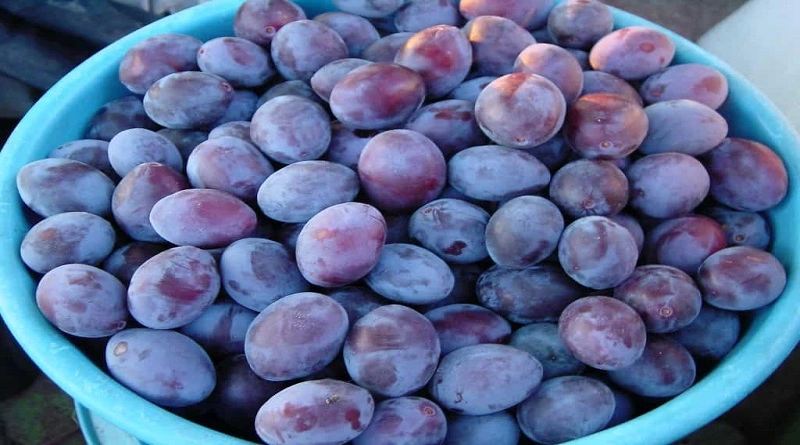
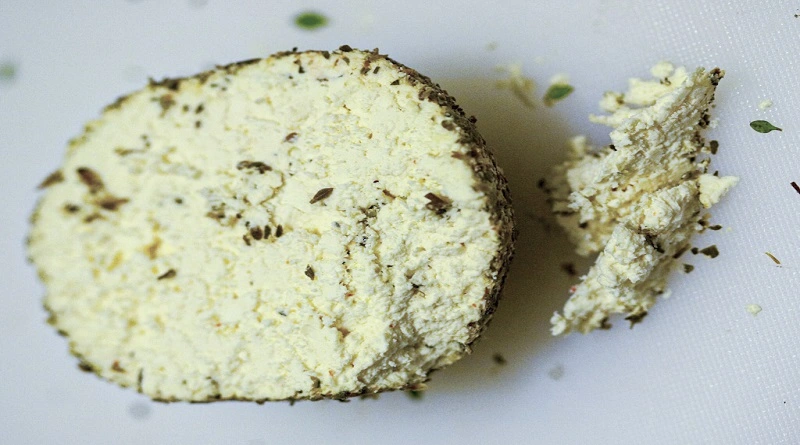

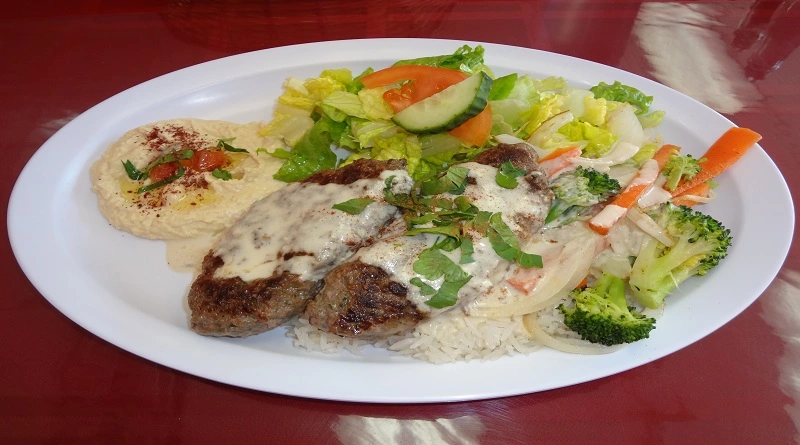
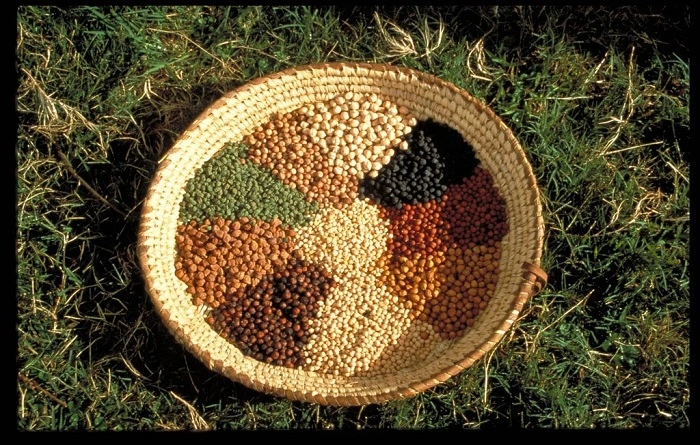
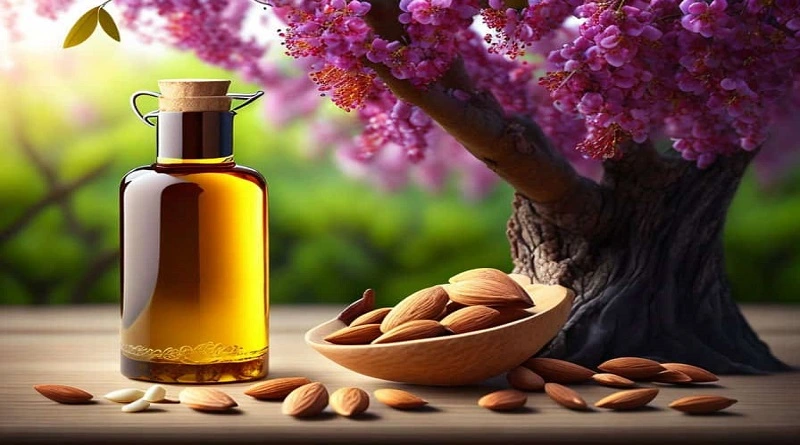
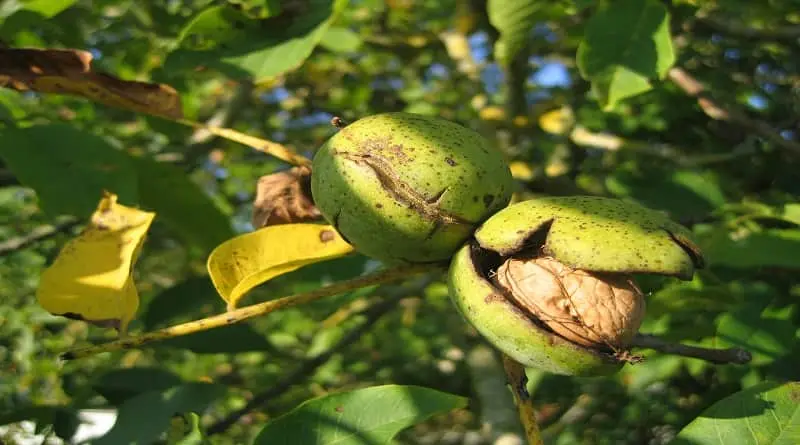
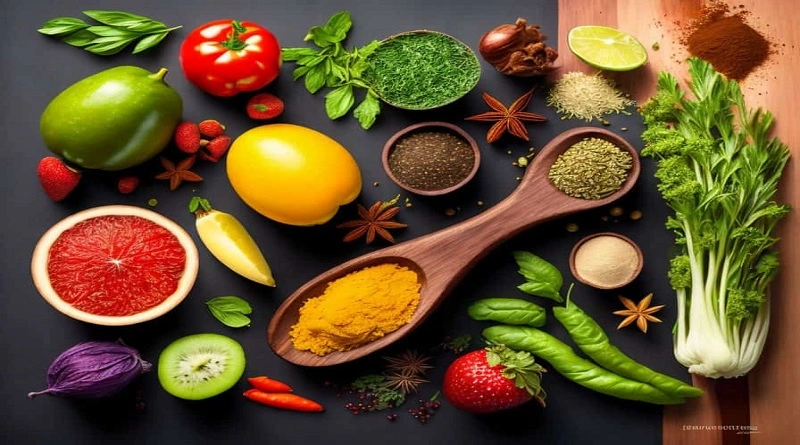
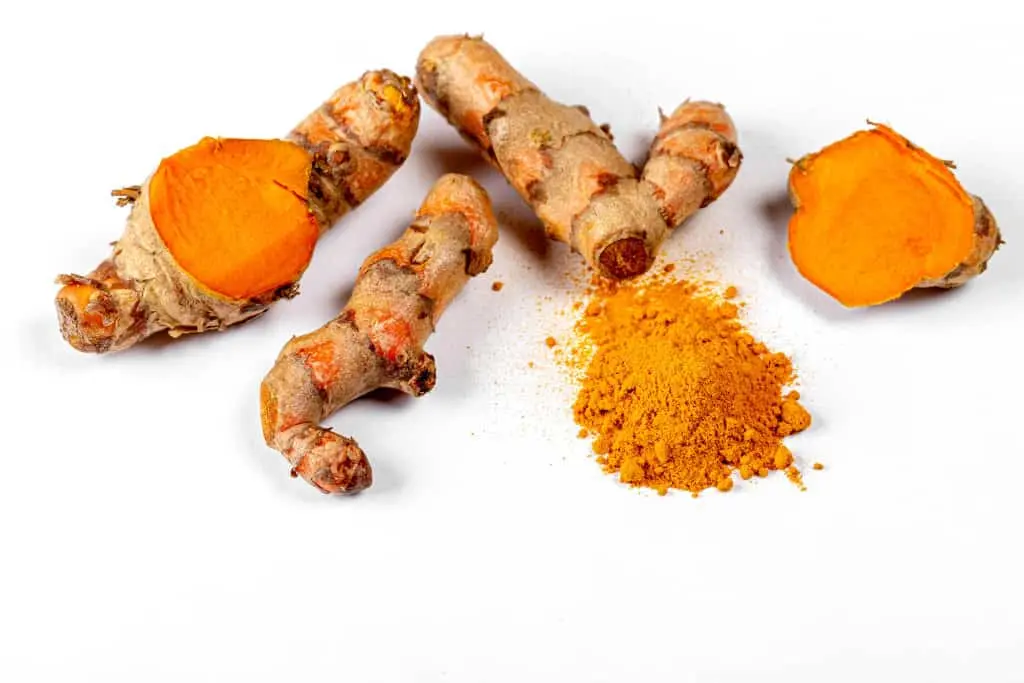
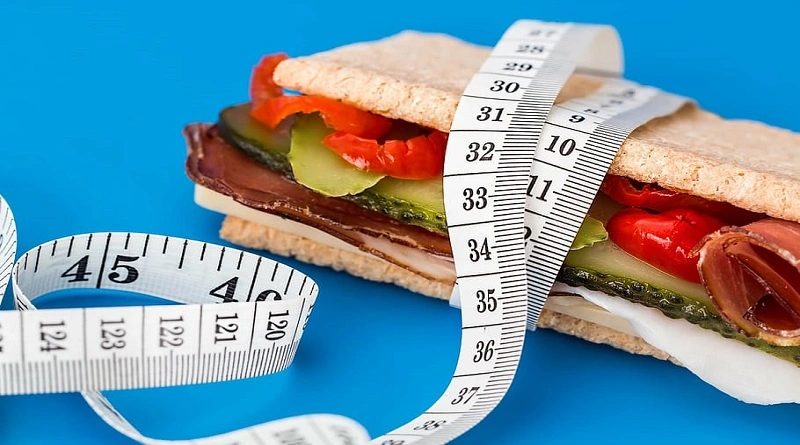
Id like to thank you for the efforts you have put in penning this site. Im hoping to see the same high-grade blog posts by you in the future as well. In fact, your creative writing abilities has inspired me to get my own site now 😉